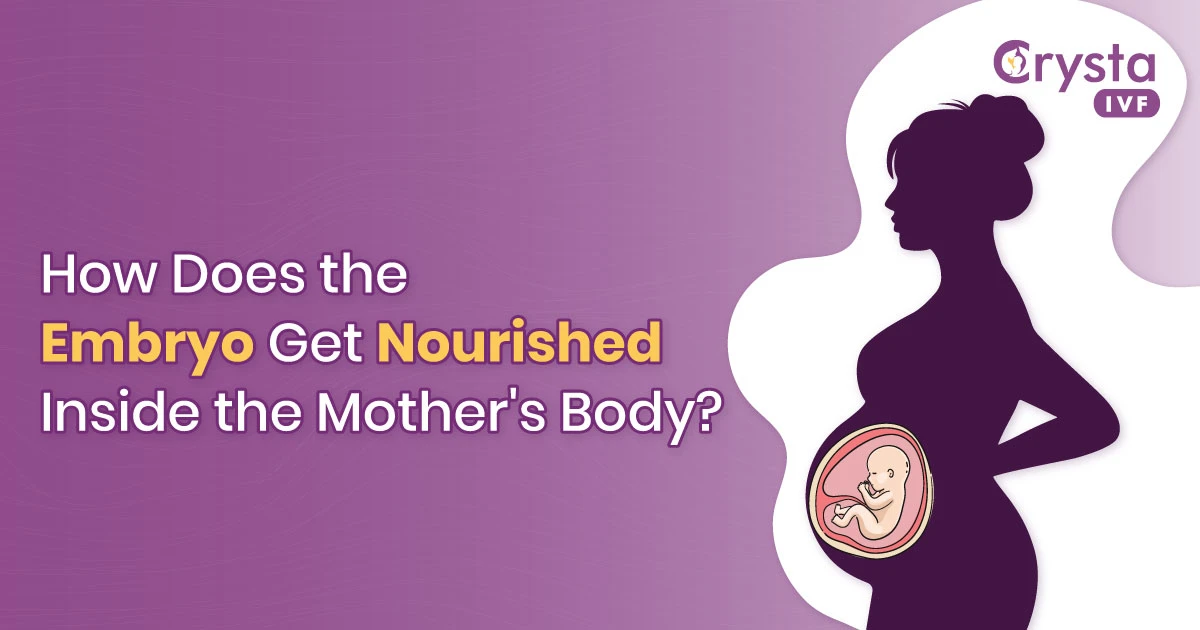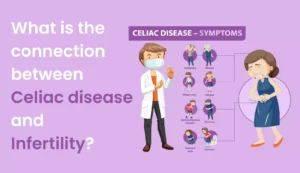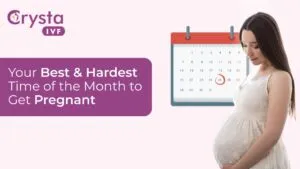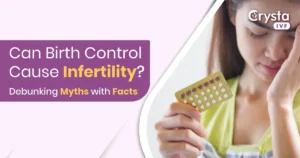Every mother has many questions when she gets pregnant. She worries about everything about the baby in her womb. Many mothers wonder about their baby’s growth and development during the nine months of pregnancy. How does the embryo develop? How do embryos receive nourishment? What is the baby’s size?
So, generally, fetal development proceeds in a predictable manner. The embryo goes through 3 different stages to develop into a fetus. The fetus’s size keeps increasing monthly, accompanied by nourishment and care from the mother’s womb.
Read this blog to understand and clear your doubts regarding how the embryo receives nourishment when placed in the uterus.
How Does the Fetus Circulatory System Work?
The fetus, or unborn child, depends on its mother for oxygen and nutrition during pregnancy. The whole mechanism of blood circulation in a fetus works differently. The fetus doesn’t breathe air; it just transfers oxygen from the mother’s body. This is how it generally works:
- The organ that grows and implants in the uterus of the woman during pregnancy is called the placenta.
- The umbilical cord is the one that attaches a fetus directly to the placenta.
- Blood vessels in the umbilical cord carry all nutrients, oxygen, and life support from the mother’s blood through the placenta.
- Waste materials and carbon dioxide from the newborn are returned to the mother’s circulation for elimination through the placenta.
However, the baby’s lungs are not used while inside the uterus. The liver is still developing. Blood and oxygen flow to the fetus in the same way as nutrients.
- The placenta is the one that forms a connection between mother and fetus. It helps in transferring oxygen and nutrients to the fetus.
- The umbilical vein carries this enriched blood toward the baby’s liver. A small shunt called the Ductus Venosus is present, a medium between blood transfusions.
- A small amount of the mother’s blood is transported to the liver, and the rest is carried to the fetus’s heart.
- The highly oxygenated blood from the mother enters the right atrium of the fetus’s heart through a vein named the inferior vena cava.
How Does Embryo Get Nourished Inside the Mother’s Body
To address the demands of the developing fetus, the mother distributes nutrients, including glucose and free fatty acids, into the fetal bloodstream. The process of Embryo nourishment is as follows:
- The placenta is the organ that creates a solid bond between the mother and the fetus.
- The placenta serves as the connecting tissue between the uterine and fetal inner walls.
- As a result, the placenta comprises both the mother and the embryo. The growing embryo produces carbon dioxide and nitrogen in the lungs and receives nutrition and oxygen from the mother through the placenta.
- The mother’s blood contains food (glucose, amino acids, and fats), water, minerals, vitamins, hormones, antibodies, and oxygen transported to the fetus.
- The urea and carbon dioxide from the fetus also enter the mother’s bloodstream.
As a result, the placenta functions as the fetus’s organ of nourishment, breathing, and excretion.
How Does an Embryo Develop Into Featus?
The process of fetal development is complex. It starts before you realize you’re expecting a child and ends after the child is born. From conception to delivery, many intricate procedures are followed.
Embryo development has three stages: germinal, embryonic, and fetal.
Germinal Stage of Development
The shortest stage of fetal development is called the germinal stage. This stage starts when a sperm and an egg unite in the fallopian tube during conception, forming a zygote.
Week 1: After about a week, the zygote descends into your uterus. The zygote divides numerous times during this process, producing two distinct structures.
Ultimately, one structure develops into the embryo, followed by the fetus, while the other becomes the placenta. Soon, the zygote develops into a blastocyst. After a few days, it reaches your uterus and attaches to the lining.
Week 2: When implantation goes well, your body generates the necessary hormones to sustain a pregnancy, which also ends your menstrual cycle.
However, in most cases, IVF is done during the blastocyst stage. The blastocyst develops around Day 5 of fertilization and experienced doctors suggest transferring the fittest embryo during this stage.
Embryonic Stage of Development
3rd Week: The embryonic stage of pregnancy lasts from the end of the eighth week or roughly the third week. The blastocyst started exhibiting traits unique to humans, and now it is considered an Embryo.
4th & 5th Week: The cells divide and give rise to the brain and spinal cord, head, eyes, mouth, and limbs. At five or six weeks, the cells that will make up the fetal heart start coming together and beating.
6th—8th Week: During this time, buds eventually grow into limbs and legs. By the end of the eighth week, most of the embryo’s systems and organs begin to take shape. This is often the time of pregnancy when morning sickness starts for most women.
Fetal Stage of Development
9th – 19th Week: By this time, the fetal stage of development starts and lasts until birth. At this point, the embryo formally becomes a fetus. Though it is not yet visible on an ultrasound, the fetus has its assigned sex at about nine weeks of pregnancy.
20th Week Onwards: The main systems and organs of the fetus keep developing and growing at this stage. It includes hair, lashes, and fingernails. There are chances that you might not feel the fetus moving its limbs until 20 weeks into the pregnancy, but it is capable of doing so. Most of the growth occurs during the fetal stage of development in terms of weight and length.
To Sum Up
It is clear that the placenta connects you to your baby and provides all the nourishment through the umbilical cord. If you still have many questions regarding your baby’s care and nourishment, you can consult an experienced doctor.
However, Embryo Development in IVF is different from normal fertilization. To clarify your doubts about IVF fertilization, baby development, and the stages of implantation, you can book a FREE consultation at India’s best IVF center in Kolkata or anywhere in India. Our experienced doctor will clarify all your doubts and provide you with the best possible solution.




